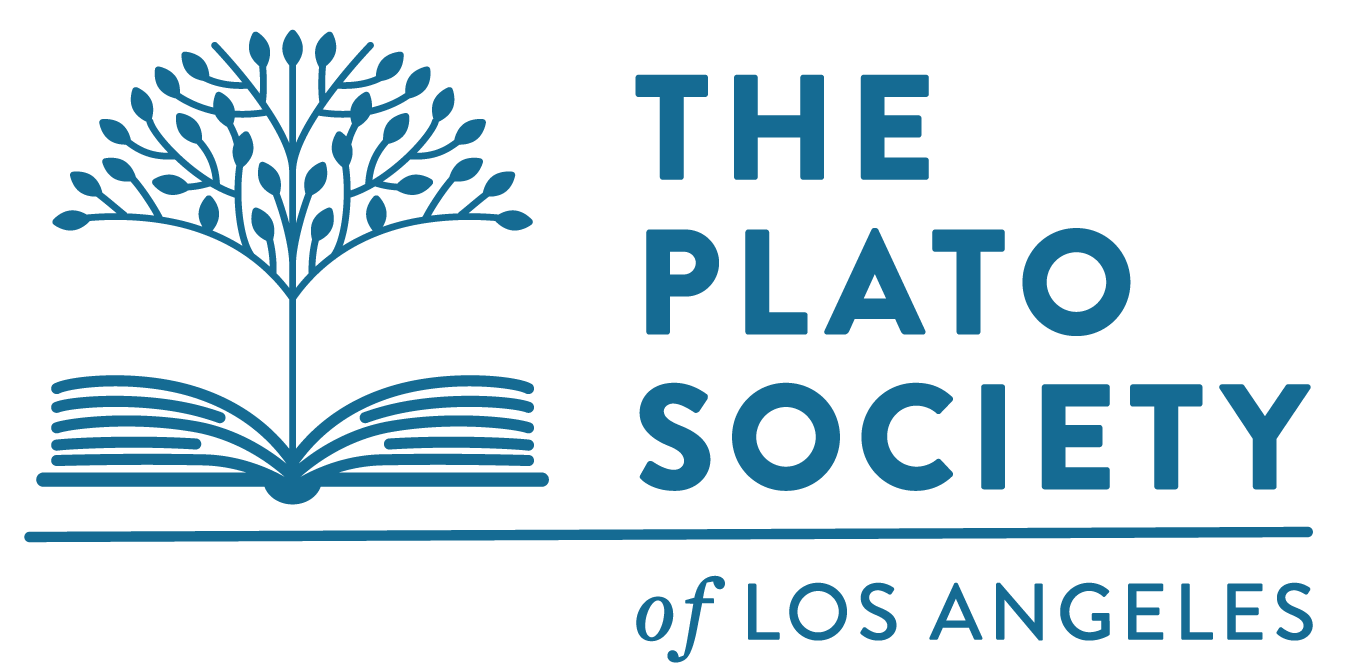Following the core book, each week we will discuss a different city that was at the core of an Islamic empire after Islam came into existence in the 7th Century. We will cover a remarkably wide geographical area: from the western reaches of Islamic empires (Cordoba in southern Spain, Fez in Morocco and Tripoli in Libya), to the Middle East (Mecca, Damascus, Cairo, Beirut and Jerusalem), Baghdad (in the heart of ancient Mesopotamia), to one of the most important cities in world history (Constantinople or Istanbul), and further east to Iran (Isfahan), Afghanistan (Kabul), Central Asia (Samarkand in Uzbekistan) and the Mughal Empire in India, and we will end with futuristic cities of Dubai and Doha in the Persian Gulf.
We will study the expansion of Islam by the sword, by religious appeal and by cultural influence; we will see the glorious cities of Islam at their peak, when their trade and economic power, culture, urban design, science, scholarship, art and architecture outshone those of Europe. We’ll cover Islamic dynasties that shaped world history, like the Umayyad, Abassid, Timurid, Fatimid, Safavid, Mamluk, and Ottoman, as well as the religious sects of Shia, Sufi, Sunni, Wahlabi and others. We’ll also study the incredible architecture of cities such as Baghdad, Isfahan and Cordoba, and a remarkable array of individuals, including those who formed Islamic dynasties and empires, like al Mansur (the Abassid Dynasty), Ismail I (the Safavid) and Babur and Akbar (the Mughal Empire), as well as conquerors like Tamerlane and Saladin, scholars, city-planners, artists, Barbary pirates, religious fundamentalists, and modern businessmen of incredible vision.
This SDG offers a different look at Islamic history, its rise and decline, one at odds with our Eurocentric view of history and Islam.
Although our core book is organized by city and century, we will also include other material that will illuminate more generally the history of Islam and the Islamic empires, such as Tamim Ansary’s Destiny Disrupted: A History of the World Through Islamic Eyes. Please note that this course does not cover all of the history of Islam. For example, Islam in Southeast Asia is outside of our purview.








